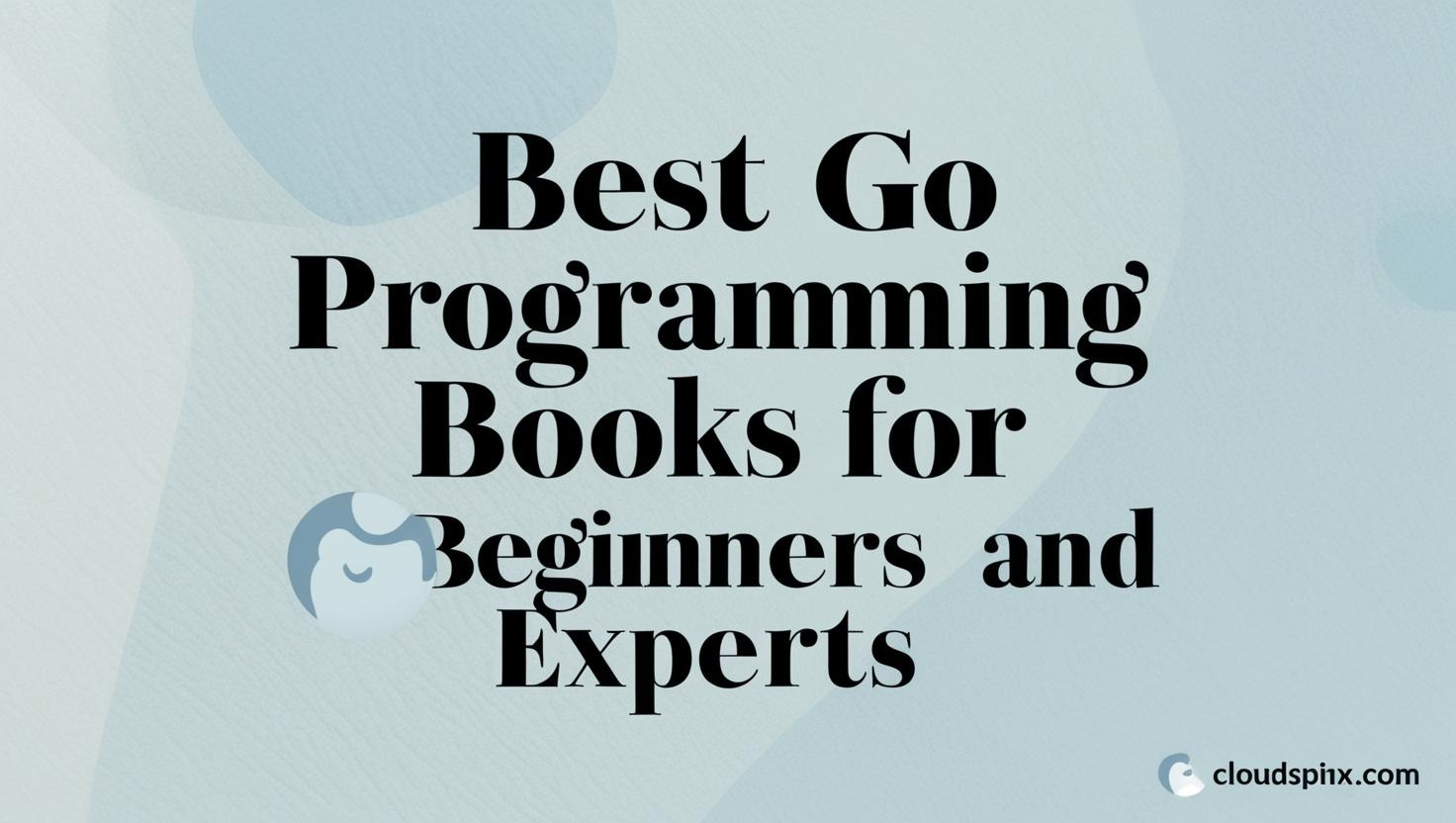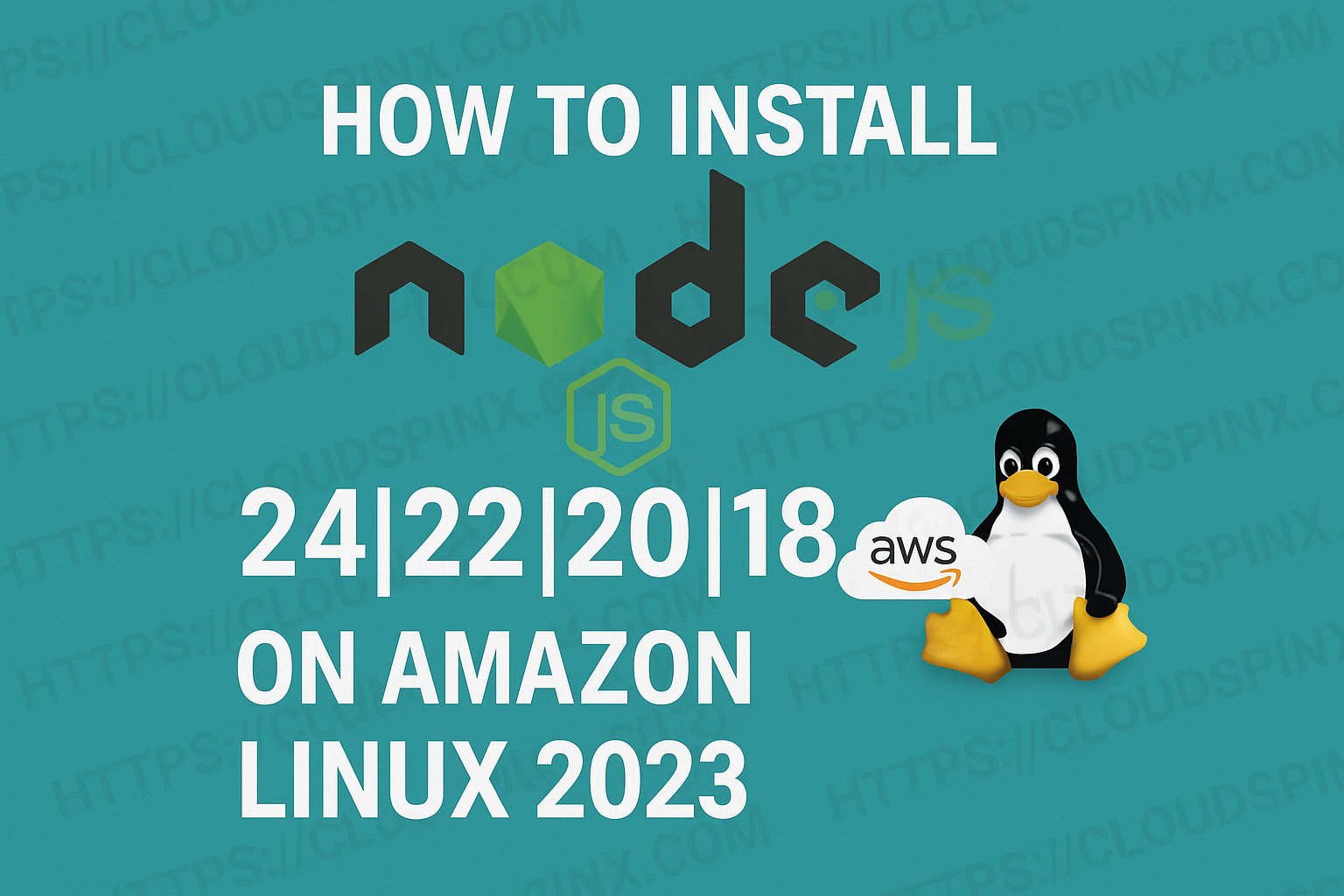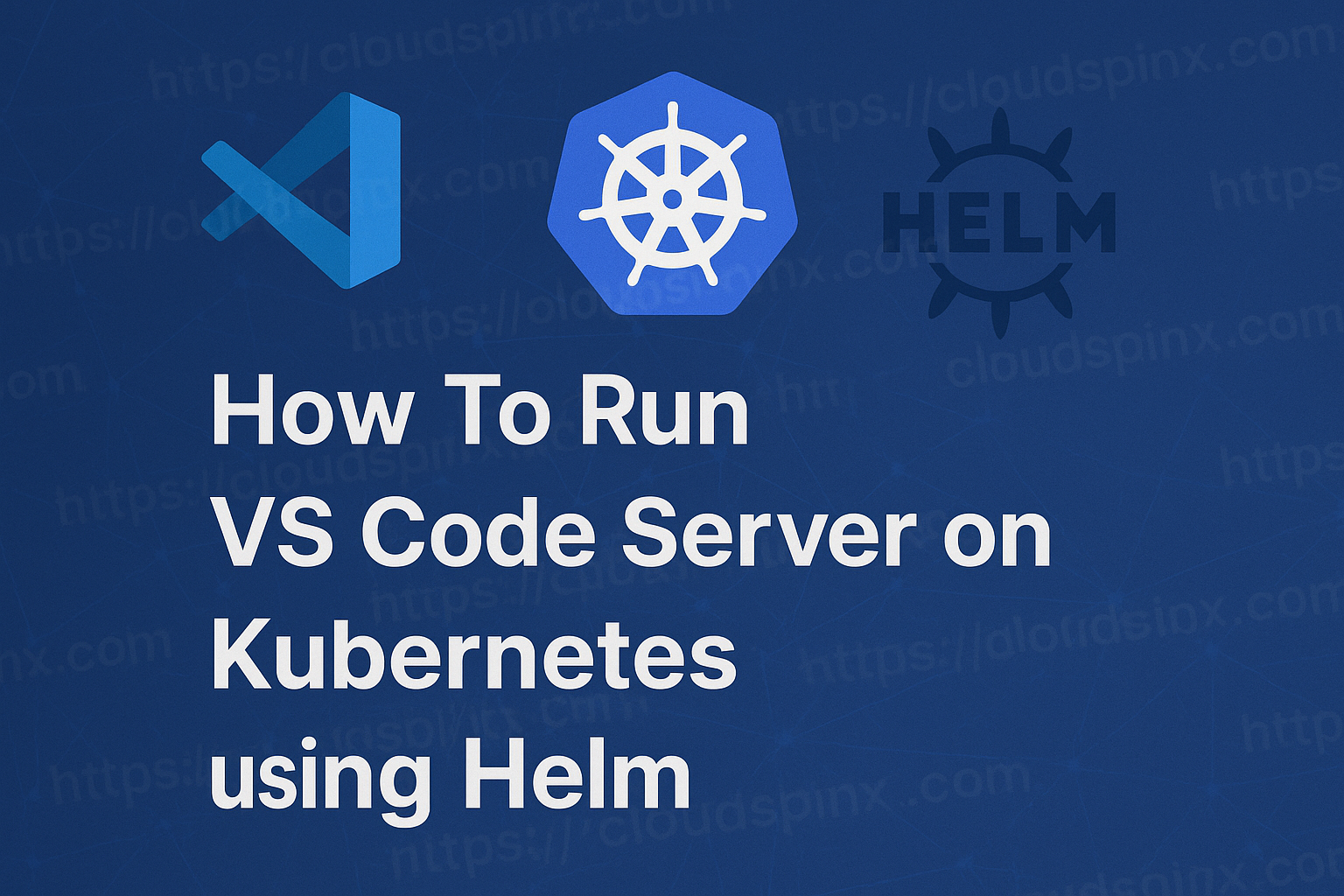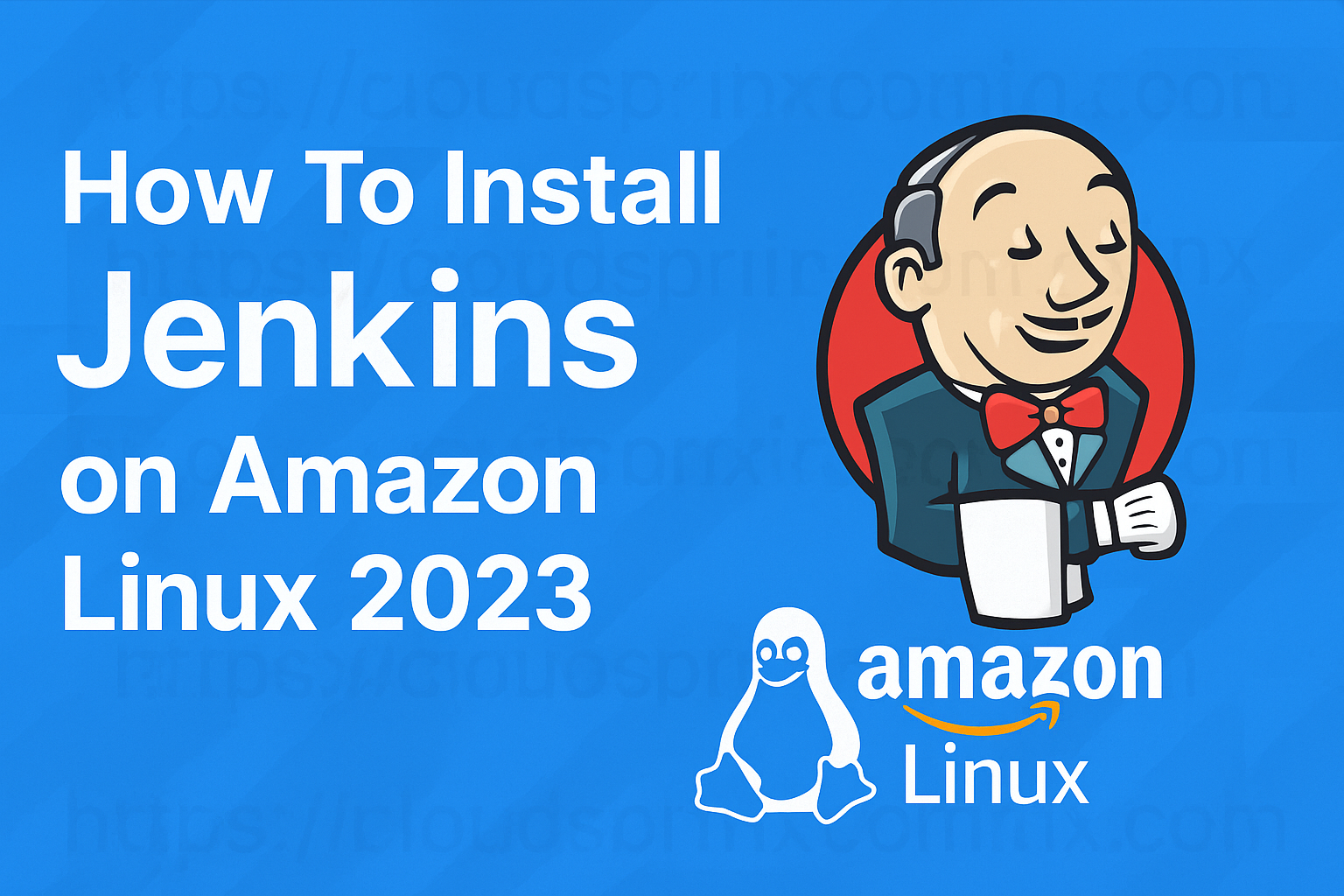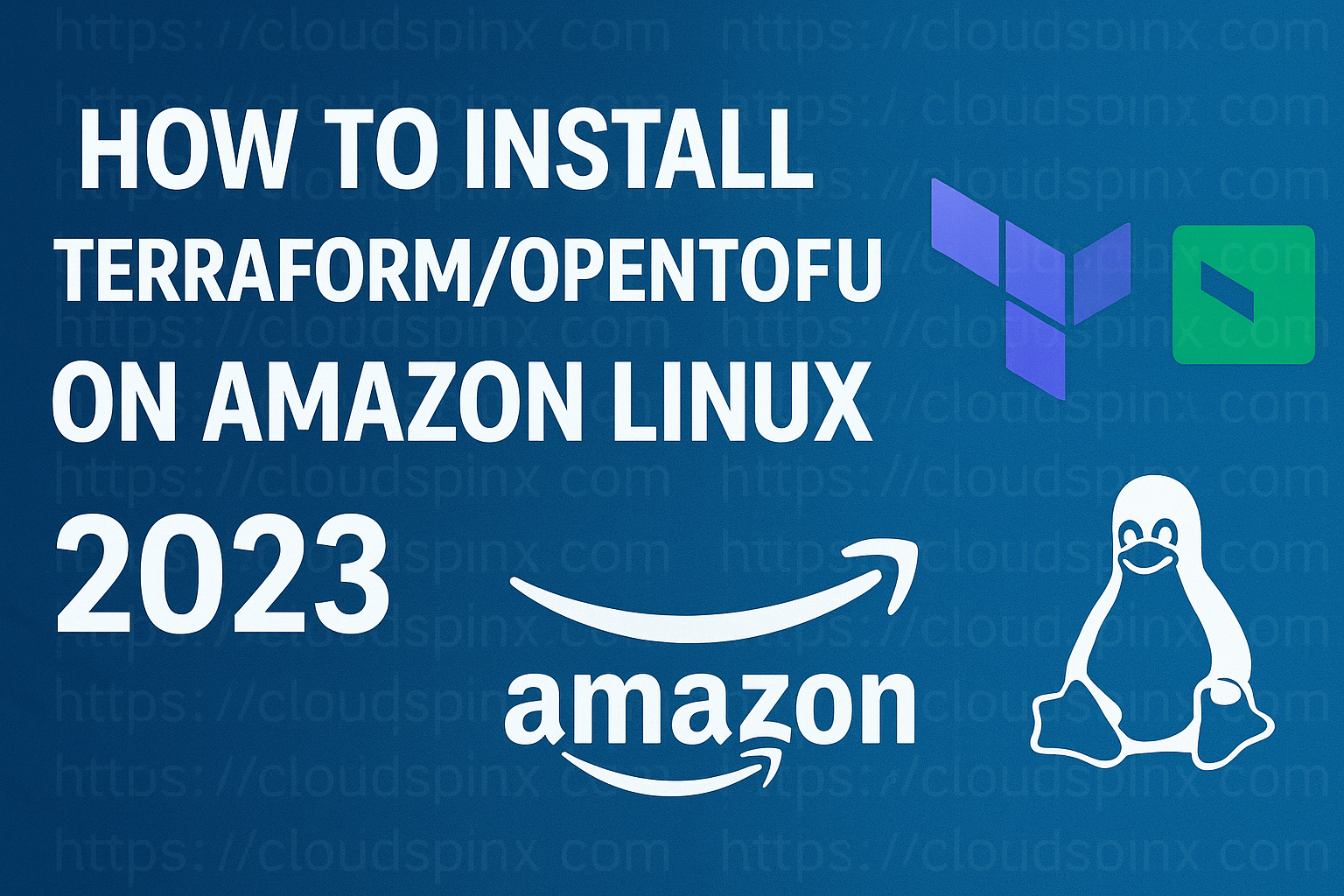If you have spent a lot of time in the tech business, you will appreciate how essential programming languages are in the industry. But the buzzing question is why the Go language is getting increasingly prominent. Before you get the answer to this query, understand that Go, also called Golang, was founded by Google in 2007, publicly announced in 2009, and released in 2012. Go is an open-source programming language that makes creating applications easy and quick. It is a highly-performing language in web development, servers, or command-line interfaces. With this language being shoved into the limelight, it has provided developers with the fastest way to create apps.
Designed and developed at Google by Robert Griesemer, Rob Pike, and Ken Thompson has been rising in popularity due to its features not limited to memory safety, garbage collection, structural typing and CSP-style concurrency. This guide will discuss the most highly recommended Best Go Programming Books for Beginners and Experts based on customer reviews.
To appreciate more of the benefits offered by this programming language, consider using relevant and educative learning materials. There are plenty of offline and online resources dedicated to equipping you with a specific skill set. Therefore learners use Books as learning resources that allow them to study at their pace. A book is essential, considering it serves as an excellent reference. From a concise and well-detailed hands-on book, you will experience active learning that involves you both physically and mentally. As an IT/Software professional, student in the tech field, or existing Go programmer, the Hands-on Go Programming book is one of those books you should purchase.
Features of Go Programming Language
Go has the following features and more:
- Open Source Language: Go is an open-source language hence anyone in the community with what it takes can contribute to the project.
- Learning curve: What has been gathered from most of the ones learning Go is a general feeling that it is easy to learn and understand. That can be especially true for those familiar with C because of their similarities.
- Built with concurrency: Go has been developed with the ability to process many tasks at the same time also known as concurrency. What this means is an impressive performance.
- Go is portable: It does not matter what Operating System you prefer sitting on your PC. Thi is because Go can run on all of them.
- Go blends well with the proliferating cloud environments: You do not have to worry if Go can be used in the fast-growing cloud-centric platforms available today. Go was designed with the cloud in mind.
If you would wish to start learning to Go, a good source of tutorials and books written by experts and those ahead in the language can be of high value to your quest. This article focuses on the books that you can jump on immediately to begin and master the Go programming language. And here they are:
1. The Go Programming Language
Authored by Alan A. A. Donovan and Brian W. Kernighan, The Go Programming Language is the authoritative resource for any programmer who wants to learn Go. It shows how to write clear and idiomatic Go to solve real-world problems. What is encouraging about this resource is that it does not assume prior knowledge of Go nor experience with any specific language, so you’ll find it accessible whether you’re most comfortable with JavaScript, Ruby, Python, Java, or C++.
Nevertheless, the book features hundreds of interesting and practical examples of well-written Go code that covers the whole language, its most important packages, and a wide range of applications. Each chapter has exercises to test your understanding and explore extensions and alternatives.
Good news for you, you can easily get this copy by simply clicking on the link below. Be a Go pro now:
2. Learning Go
No matter your level of experience, you’ll learn how to think like a Go developer. Author Jon Bodner introduces the design patterns experienced Go developers have adopted and explores the rationale for using them. You’ll also get a preview of Go’s upcoming generics support and how it fits into the language.
- Learn how to write idiomatic code in Go and design a Go project
- Understand the reasons for the design decisions in Go
- Set up a Go development environment for a solo developer or team
- Learn how and when to use reflection, unsafe, and cgo
- Discover how Go’s features allow the language to run efficiently
- Know which Go features you should use sparingly or not at all
3. An Introduction to Programming in Go

Caleb Doxsey must have seen a gap in resources that introduce a complete beginner to Go. Seeing that as an opportunity, the author decided to put together this resource to help anyone who is completely green in Go as well as programming. An Introduction to Programming in Go is exactly what it is titled. Nothing complicated and the ones with little prior experience will definitely love this resource. Caleb kept it simple and concise which is desirable for many who are just starting out. If you are good with the basics, then proceed to look for advanced material.
Add this resource to your reading arsenal to get well-grounded with the basics:
4. Introducing Go: Build Reliable, Scalable Programs
After handling the introduction to Go, Caleb Doxsy went ahead to write “Introducing Go” to advance your skills after cementing your basics. Perfect for beginners familiar with programming basics, this hands-on guide provides an easy introduction to Go. The author covers the language’s core features with step-by-step instructions and exercises in each chapter to help you practice what you learn.
This resource provides the one-on-one support you need to get started with the language, with short, easily digestible chapters that build on one another. By the time you finish this book, not only will you be able to write real Go programs, you’ll be ready to tackle advanced techniques.
The value you will get from the book includes:
- Jump into Go basics, including data types, variables, and control structures
- Learn complex types, such as slices, functions, structs, and interfaces
- Explore Go’s core library and learn how to create your own package
- Write tests for your code by using the language’s go test program
- Learn how to run programs concurrently with goroutines and channels
- Get suggestions to help you master the craft of programming
As you can attest to what is inside the book, you need to have this companion in your Go journey.
Make it yours and find out more about it by clicking on the link that follows:
5. Head First Go
One unique feature of the Head First series of books is that they use a visually rich format to engage your mind rather than a text-heavy approach that makes one drowsy while reading especially technical content. Head First Go follows the same legacy and makes it easy for programmers like you to get started. With this practical hands-on guide, you’ll learn how to write Go code using clear examples that demonstrate the language in action. Best of all, you’ll understand the conventions and techniques that employers want entry-level developers to know. You can check this piece n Amazon by clicking on the link below:
6. Go in Action
William Kennedy, Brian Ketelsen – contributor, Erik St. Martin – contributor, and Mark Thomas (Narrator) have done a massively wonderful job by publishing Go in Action. This resource is for any intermediate-level developer who has experience with other programming languages and wants a jump-start in learning Go or a more thorough understanding of the language and its internals. It introduces the Go language, guiding you from inquisitive developer to Go guru. The book begins by introducing the unique features and concepts of Go. Then, you’ll get hands-on experience writing real-world applications including websites and network servers, as well as techniques to manipulate and convert data at speeds that will make your friends jealous.
Do not hesitate to check out more about this resource at:
We are sure you will benefit a lot if becomes a member of your library.
7. Concurrency in Go: Tools and Techniques
Concurrency can be notoriously difficult to get right, but fortunately, the Go open-source programming language makes working with concurrency tractable and even easy. If you’re a developer familiar with Go, this practical book demonstrates best practices and patterns to help you incorporate concurrency into your systems.
Author Katherine Cox-Buday takes you step-by-step through the process. You’ll understand how Go chooses to model concurrency, what issues arise from this model, and how you can compose primitives within this model to solve problems. Learn the skills and tooling you need to confidently write and implement concurrent systems of any size.
Best things you will take home from Concurrency in Go:
- Understand how Go addresses fundamental problems that make concurrency difficult to do correctly
- Learn the key differences between concurrency and parallelism
- Dig into the syntax of Go’s memory synchronization primitives
- Form patterns with these primitives to write maintainable concurrent code
- Compose patterns into a series of practices that enable you to write large, distributed systems that scale
- Learn the sophistication behind Go routines and how Go’s runtime stitches everything together
Discover a lot more and purchase your copy from Amazon on the following link:
8. Black Hat Go
Black Hat Go explores the darker side of Go, the popular programming language revered by hackers for its simplicity, efficiency, and reliability. It provides an arsenal of practical tactics from the perspective of security practitioners and hackers to help you test your systems, build and automate tools to fit your needs and improve your offensive security skillset, all using the power of Go.
You’ll begin your journey with a basic overview of Go’s syntax and philosophy and then start to explore examples that you can leverage for tool development, including common network protocols like HTTP, DNS, and SMB. You’ll then dig into various tactics and problems that penetration testers encounter, addressing things like data pilfering, packet sniffing, and exploit development. You’ll create dynamic, pluggable tools before diving into cryptography, attacking Microsoft Windows, and implementing steganography.
You’ll learn how to:
- Make performant tools that can be used for your own security projects
- Create usable tools that interact with remote APIs
- Scrape arbitrary HTML data
- Use Go’s standard package, net/http, for building HTTP servers
- Write your own DNS server and proxy
- Use DNS tunneling to establish a C2 channel out of a restrictive network
- Create a vulnerability fuzzer to discover an application’s security weaknesses
- Use plug-ins and extensions to future-proof products build an RC2 symmetric-key brute-forcer
- Implant data within a Portable Network Graphics (PNG) image.
9. Mastering Go by Mihalis Tsoukalos
One of the latest and most informative books you should buy is the Mastering Go Guide. Mihalis Tsoukalos, the author who is a technical writer and system engineer, created this book intending to harness the power of Go to create professional utilities and concurrent servers and services. This book teaches you to use Go holistically and learn concepts such as multithreading, profiling, testing, and writing APIs. With the hands-on experience, you will gather skills to boost your confidence while building real Go production systems. Become an expert in Go programming by going through this book, exploring the capabilities of this programming language, and implementing advanced Go techniques in your projects. Elevate your Go skills from the numerous provided code examples, and enjoy this excellent book’s in-depth coverage and clarity.
In summary, this book focuses on:
- Using Go in production
- Writing reliable, high-performance concurrent code
- Manipulating data structures, including slices, maps, arrays, and pointers
- Developing reusable packages with reflection and interfaces
- Becoming familiar with generics for effective Go programming
- Creating concurrent RESTful servers and building gRPC clients and servers
- Defining Go structures for working with JSON data
Grab a copy of this book using the below link:
10. Distributed Services with Go by Travis Jeffery
The author, Travis Jeffery in his book dives into deep demonstrations of how to build distributed services that are highly available, resilient, and scalable. This can be so vital for those who want to deepen their Go programming skills. Here, you will learn how to design, develop, and deploy a distributed service.
The book starts with the basics of Go language, learning the bare essentials of storage handling, the complex networking of a client and server all the way to distributing server instances, deployment, and testing. By reading it to the end, you should be able to develop your own distributed services and contribute to open-source projects. You should also be able to develop networked, secure clients and servers with gRPC, and view and debug issues using observable services instrumented with metrics, logs, and traces.
This reference material will make your coding easier, faster and more fun. To obtain a copy of this book, visit the below link:
11. Hands-on Go Programming
This book uses a step-by-step approach, thus helping the readers to familiarize the basics and advanced concepts of the Go programming language. Sachchidanand Singh and Prithvipal Singh, the authors, have rich experience in this field; thus, they have provided an easy-to-understand guide that takes you through everything you need to know when using Golang. Get equipped with hands-on skills from the illustrated examples on control flows, Arrays, and Go functions.
This Hand on Go book uses a simple and understandable language to ensure beginners gain knowledge and the confidence to excel in the Go programming field. It is a well-structured book with questions that keep you engaged and good practice examples that guide you in designing and developing solutions and programs using the Go language.
Get familiar with the following from the Hands-on Go Programming:
- Understand Golang syntaxes, control structures, and Error Handling in-depth.
- Learn how to declare, create and modify Maps, Slices, and Struct in Go.
- How to build your concurrent programs with Go routines and Chann
12. Go for DevOps
If you are an Ops or DevOps engineer, the Go for DevOps book will get you started and equip you with the skills to develop your DevOps tooling and help you integrate other features using Golang. Additionally, learn how to use the programming language to automate servers, GitHub, Terraform, etc., with the help of the content available in the book.
Use this book to become a better DevOps professional and understand how to deliver services safely and efficiently with Go. Learn to provide excellent operational insights using Go and be confident in resolving system failures as quickly as possible. Also, John Doak and David Justice, the authors, have provided a well-explained book that starts with basics and then digs deep into the complex contents. There are plenty of examples and detailed content to equip you with your dream skillsets of Go for DevOps engineers. Don’t forget that each chapter or section has an extensive code base and real-world illustrations that provide a better experience, understanding, and best solutions.
By the end of the Go for DevOps book, you will learn the following:
- Basic structure of the Go language to start your DevOps journey
- Interacting with filesystems to read or stream data
- Learn communication with remote services via REST and gRPC
- Get to explore writing tools that can be used in the DevOps environment
- How to develop command-line operational software in Go
- Working with popular frameworks to deploy production software
- Creating GitHub actions that streamline your CI/CD process
- Writing a ChatOps application with Slack to simplify production visibility
Concluding words
Being in the tech space, especially as a developer or any other talent demand continuous learning and development. As technology shifts with the rapid speeds it has displayed over and over again, the attitude of constant improvement is the only thing that will make anyone in this field flourish and prosper. What is encouraging and comforting is that resources are plentiful to make anyone willing to grow to get to the place they would wish to go. Be inspired and motivated to be what you dream to be. Or if you are a programming student and looking for some assistance regarding your dissertation work, then services at GlobeNewswire help you a lot.
Other articles you might like:

